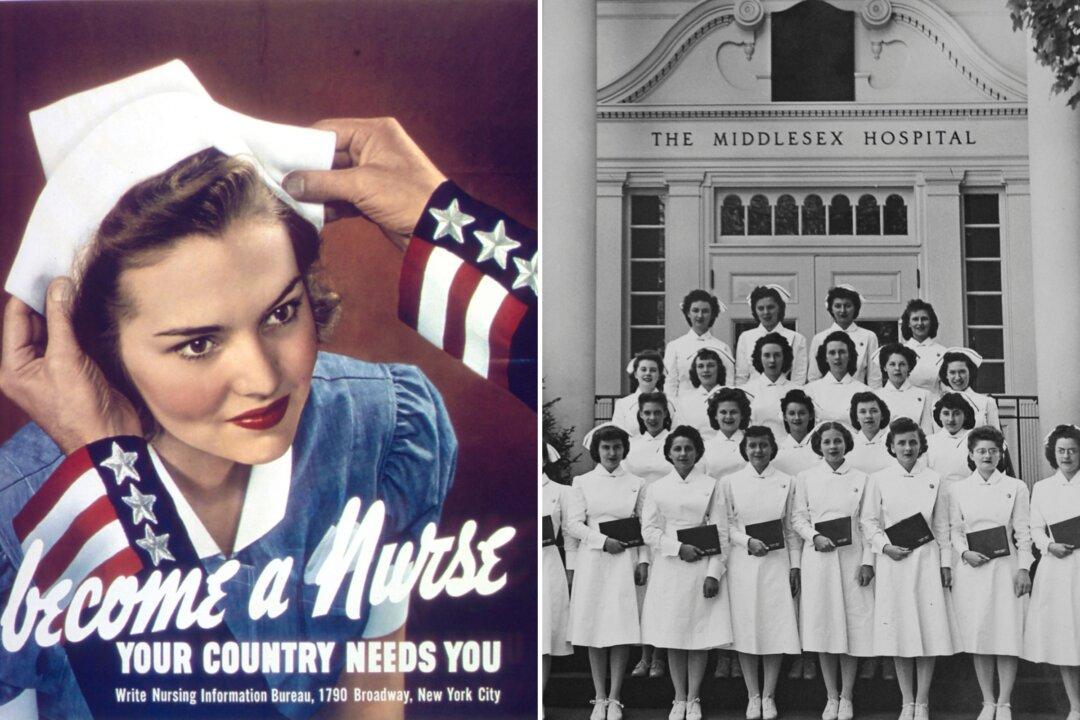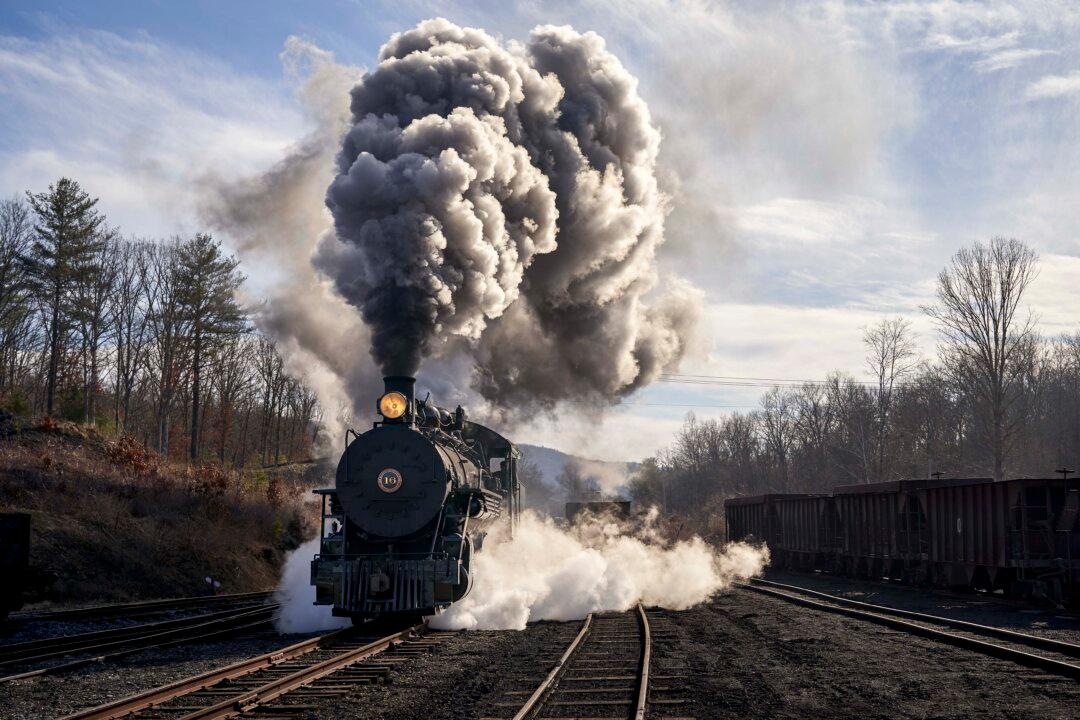Mention “Rosie the Riveter” to anyone who’s familiar with America’s entry into World War II and you’ll likely get a smile.
Bandana-wearing “Rosie” was the star of a ubiquitous poster in a national campaign aimed at recruiting women to fill jobs in America’s industrial plants after male laborers enlisted in the military. The campaign paid off, with hundreds of thousands of women going to work in America’s factories.





